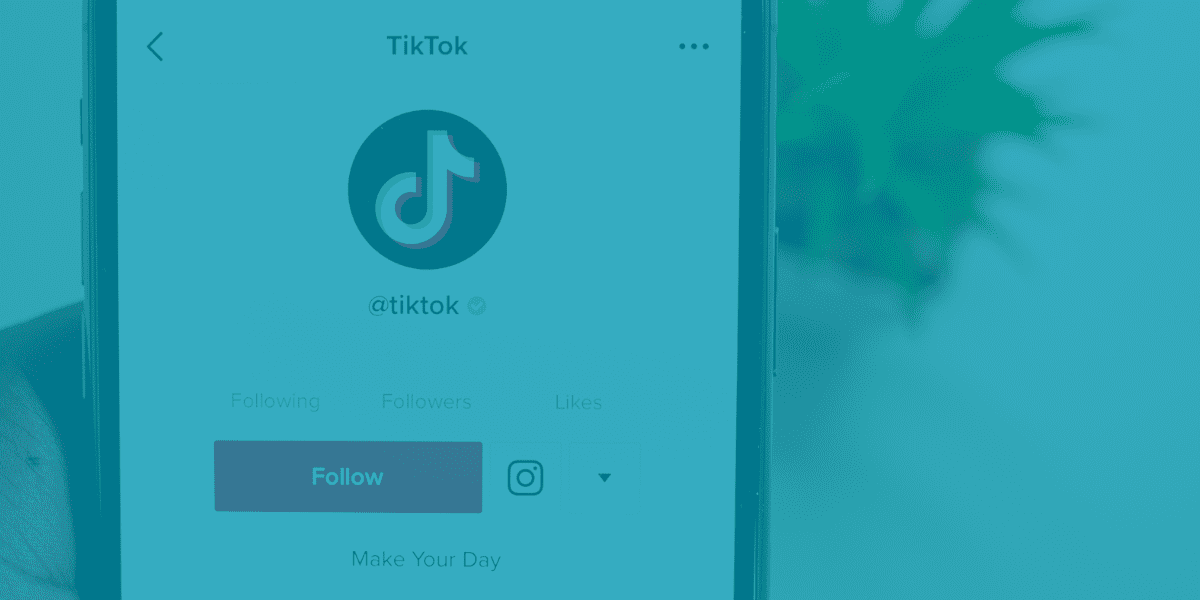Promoting live events through paid media has become an essential aspect of event marketing strategies. Allocating a budget and effectively managing it is crucial for ensuring the success of your event campaign. And even more importantly, your budget plan should be dynamic and adaptable, allowing you to reallocate funds from underperforming campaigns to those delivering better results.
I am going to run you through key considerations and strategies to develop a comprehensive paid media budget plan that maximizes the reach and impact of your event promotion budget.
Platform Budget Allocation
The first step in creating an effective paid media budget strategy is to carefully select the platforms that align with your target audience and event objectives. Consider the nature of your event and the demographics of your desired attendees. Platforms like Google Ads, Facebook, Instagram, Twitter, LinkedIn, and YouTube offer diverse advertising options to reach your audience effectively.
Some platforms will be more appropriate than others depending on your audience so it is important to research each platforms’ targeting options and audience sizes before assigning budgets. Only use those that have shown the most potential for generating results in previous campaigns or align well with your target audience. This will ultimately leave you with a more efficient campaign that will drive more results.
Smart Audience Investment
Understanding the concept of hot and cold audiences is crucial for optimizing your paid media budget. Hot audiences consist of people who have already shown interest in your event or brand, such as past attendees or website visitors. Cold audiences, on the other hand, are individuals who are unfamiliar with your event or brand.
Allocate a portion of your budget to re-engage hot audiences and nurture their interest. We typically allocate 35-40% of our campaigns budgets to these hot audiences. Retargeting campaigns on platforms like Facebook and Google Ads allow you to reach out to people who have previously engaged with your event content, increasing the likelihood of conversions. By focusing on hot audiences, you can maximize the return on your investment.
Simultaneously, it is important to allocate a portion of your budget towards targeting cold audiences. Expand your reach by creating compelling ads that introduce your event to new potential attendees. Because these audiences are much larger than the retargeting audiences we typically put 60-65% of our budget towards cold audiences. Conduct thorough market research to identify the characteristics and interests of your target audience. Leverage the targeting options provided by advertising platforms to ensure your ads are seen by individuals who are likely to be interested in your event. Campaigns using cold audiences will ultimately feed the more efficient retargeting campaigns with new users.
Thoughtful Budget Flighting
Budget flighting is a strategic approach that involves adjusting budget allocations during a campaign to optimize results based on historical registration and conversion trends, as well as anticipated user behavior. By carefully monitoring and analyzing past data, marketers can identify key moments where increased budget investments can yield significant returns. Typically people are more likely to register for an event in the last two months as demonstrated by this chart of weekly registrations from an event we just worked on.

Considering key events is important as well. We typically add more budget to our daily spends during any early bird pricing promotion to take advantage of incentivized early sign-ups. Allocating a higher budget during this period can help maximize the impact of the discount and attract a larger audience. In addition to early bird pricing, another pivotal moment for budget flighting is the launch of the agenda or other significant announcements. Increased budget investments at these key moments can amplify the campaign’s visibility, engage potential attendees, and ultimately drive higher registrations or conversions.
Dynamic Budget Changes
Regularly monitor and analyze the performance metrics of each campaign on every platform. Key indicators to consider include audience size, frequency, click-through rate (CTR), conversion rate, and cost per acquisition (CPA). By closely tracking these metrics, you can identify which campaigns and platforms are driving the most engagement and conversions. Understanding CPA is critical, as you make optimizations in favor of efficiency and the event dates get closer you can reduce your average CPA significantly as demonstrated in this chart depicting average monthly CPAs for an event in 2022 and 2023.

Based on these insights, make informed decisions on reallocating your budget. If a particular campaign is performing exceptionally well, consider increasing its budget to maximize its impact. Conversely, if a campaign is underperforming, adjust its budget or reallocate the funds to more successful campaigns. We recommend letting campaigns run initially for at least two weeks before making any drastic changes.
Getting Started
Developing a well-structured paid media budget strategy is essential for effectively promoting live events. By carefully selecting platforms, allocating budgets based on performance and audience segmentation, and practicing budget flighting, you can optimize your event promotion efforts.
Are you getting ready to open registration for an event in the next few months? The Well-Oiled Marketing team loves working on live event promotion and we can help you get the most out of your media budget. Reach out today to learn how.






























































































